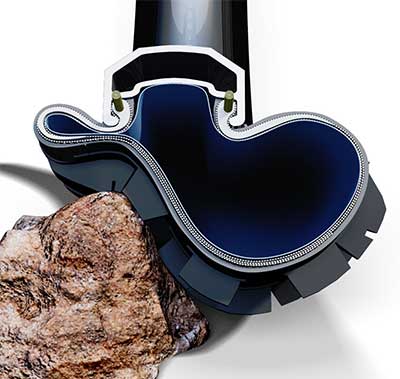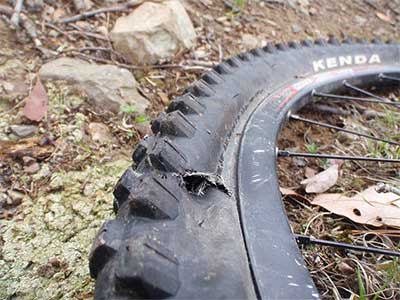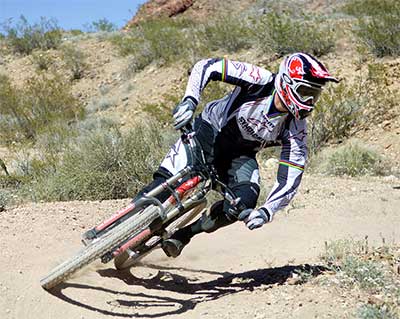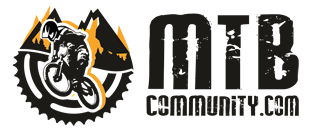The Importance of Proper Tire Pressure
Tire pressure is important for many reasons and many people tend not to concern themselves with it or even realized that it matters. They think that if there is air in the tire then that is all they need to worry about. But this is not the case and tire pressure is very important and can make or break your ride.
Let's go back to the flat tire discussion and explain why tire pressure is important for keeping your tires inflated in general. Pinch flats are a very common type of flat and they occur when you run over things such as rocks and your tire gets pinched between them and then ends up pinching the inner tube as well causing it to tear or suffer other types of damage. This normally happens when you don't have enough pressure in the tire to be riding on rocky terrain. The higher the pressure, the less likely you are to get a pinch flat. But don't go thinking that you should just max out your tire pressure to take care of this because doing so can have negative effects on how your bike handles which we will get to next. To minimize the risk of pinch flats you should adjust your pressure to the type of terrain you are riding on.


Tire pressure also affects how your bike handles and performs so it's important to check it every couple of rides or adjust it to the trail you will be riding. Like mentioned before higher pressure will help prevent pinch flats on rocky terrain but at the same time going too high will make your bike bounce around off the rocks making it harder to control. On the other end of the scale, riding with too low of pressure on rocky terrain will not only increase your chances of a pinch flat but also increase your chances of bending a rim if you hit a rock too hard with no air to protect the rim.
Tire pressure also affects how your bike handles and grips the trail. Lower pressure in the front leaves a larger contact patch on the ground allowing for more grip around corners while higher pressure may cause your front wheel to slip out if you take a corner too fast. This is why many downhill riders go tubeless because you can run lower pressure to improve handling without having to worry about pinch flats. Tire pressure can also affect the rear tire when it comes to getting traction climbing up steeper hills. Too much pressure can cause more tire spin compared to running a lower pressure.

So always be sure to check your tire pressure and adjust it accordingly to where you will be riding. A good quality floor pump should have a pretty accurate gauge on it and there are also tire pressure gauges on the market that you can buy to check your pressure. Just make sure to do your research since some of them tend not to be too accurate. You should always carry a portable pump with you when out on the trail just in case you need to add more air to your tires and of course to change a flat if you happen to get one.
Posted by Mike Treiber


